Robalo
Robalo Prieto
(Centropomus nigrescens)
Black Snook, Centropomus nigrescens: The Black Snook has an overall silver appearance with a strong prominent black lateral line. It has an unmistakable shovel-shaped head with a large mouth and projecting lower jaw. The eyes are far apart.
The Black Snook has two well separated dorsal fins and all of the fins are dark. Characteristically the first long dorsal spine is shorter than the second dorsal spine, and the second and third short anal spines are of equal length. It is very easily confused with the White Snook, Centropomus viridis (narrow between the eyes, third dorsal spine longer than fourth dorsal spine).
This fish species is a member of the Centropomidae Family which includes shovel-nosed fish found inshore in estuaries, mangroves, and river mouths. They are characterized by elongated compressed bodies, an upper head profile that is concave, large mouth with a set of fine teeth, and a projecting lower jaw.
They have short anal fin bases with three strong spines, a deeply forked caudal fin, and two dorsal fins separated by a gap. A strong prominent lateral line extends into the tail. They have large rough scales. They feed on invertebrates and fish. There are six species of snook found in the Eastern Pacific, of which the Black Snook is the largest, and they are a focus of commercial fishermen due to the food value.
The Black Snook reaches a maximum length of 5 feet and is found in the first 75 feet of the water column.
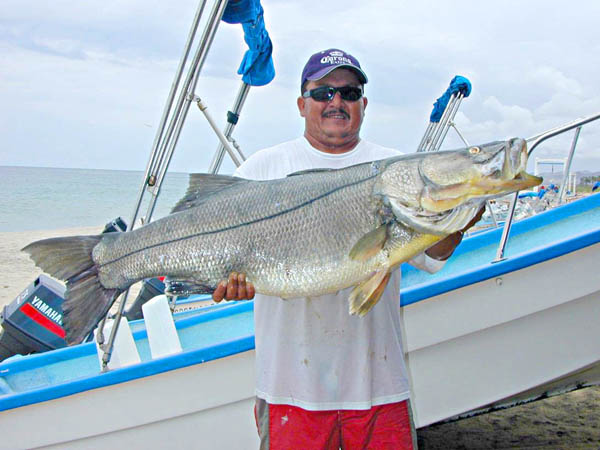
Black Snook, Centropomus nigrescens: This 51.5 pound Black Snook was caught during fishing in August 2003 by La Playita panguero Chopa. It was hooked on a small croaker, off the beach near San Jose del Cabo (Los Cabos), Baja California Sur, Mexico.
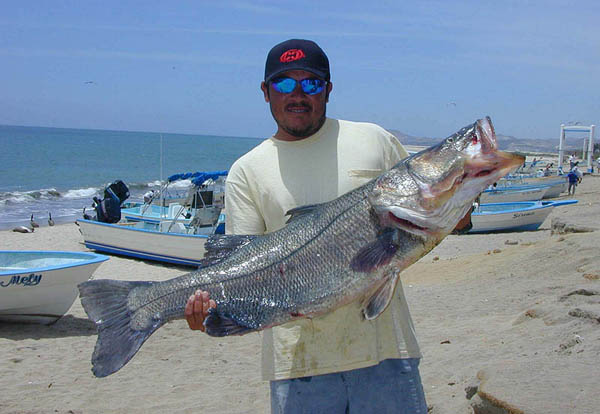
Black Snook, Centropomus nigrescens: In April 2003, this 40-pound Black Snook hit a sardina near the beach for Capt. Jesus of Gordo Banks Pangas, just off the boca of San Jose del Cabo, Baja California Sur, Mexico. Several other snook averaging about 30 pounds were also caught.
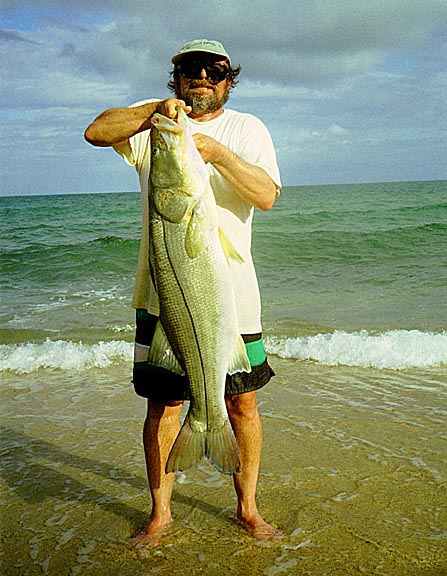
Black Snook, Centropomus nigrescens: A large Black Snook caught while fishing between La Ribera and Punta Colorada, East Cape, Baja California Sur, Mexico, on a very rainy day, November 1, 1997. Live mullet was used for bait in the surf. The angler is Richard Spinner.
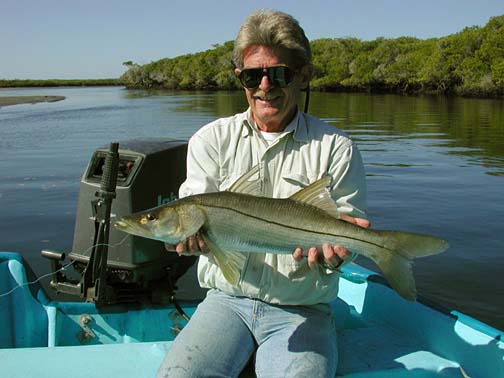
Black Snook, Centropomus nigrescens: A Black Snook caught on fly fishing tackle at Magdalena Bay, Baja California Sur, Mexico,
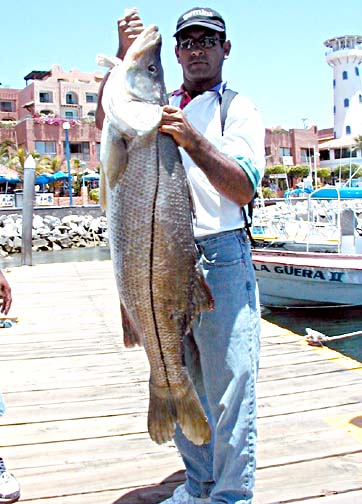
Black Snook, Centropomus nigrescens: , Cabo San Lucas, Baja California Sur, Mexico.
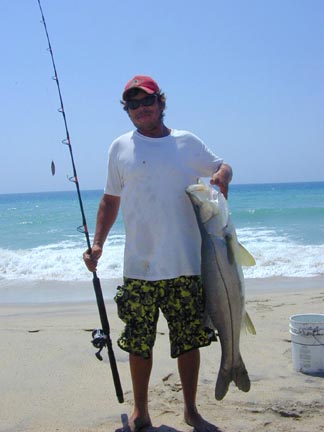
Black Snook, Centropomus nigrescens: A 23-pound Black Snook caught August 2002 at La Playita Beach, San Jose del Cabo, Baja California Sur, Mexico. Gordo Banks Pangas.

No comments:
Post a Comment